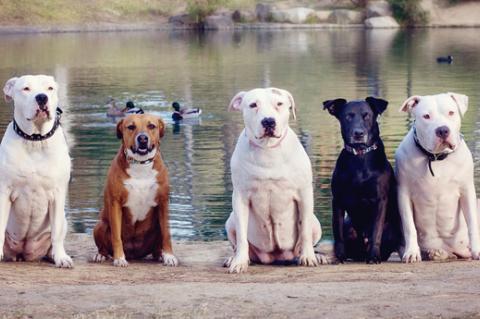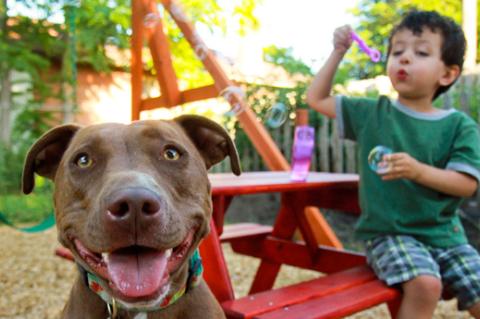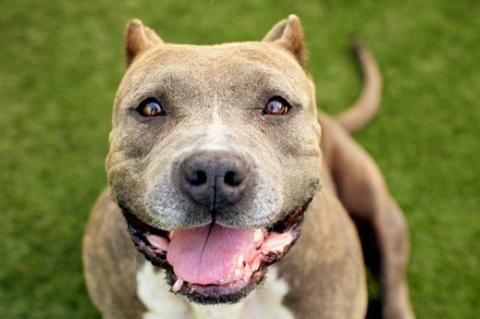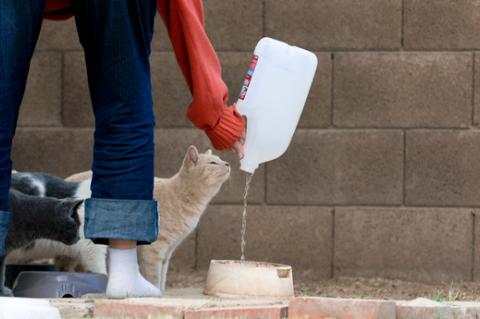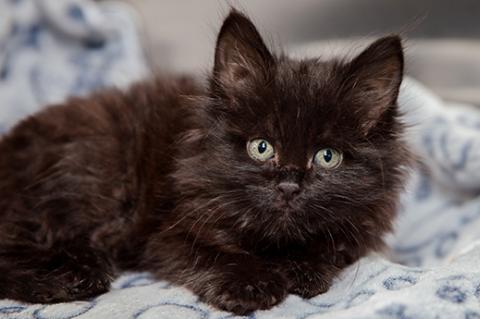How to Take Action Against Dog Breed-Specific Legislation
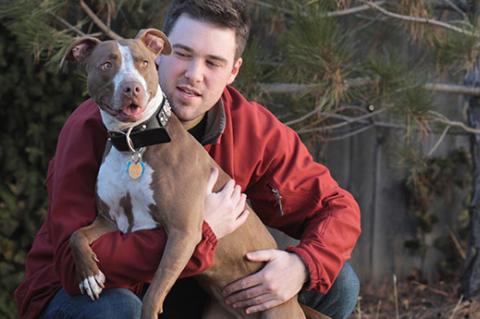
Adopting sound laws and policies pertaining to pets and pet ownership plays an important role in achieving no-kill in our nation’s animal shelters. On the flip side, laws and policies that are breed restrictive pose a tremendous threat to the safety of both dogs and people. These laws — known as breed-specific legislation (BSL) — target certain dogs by breed or even just by appearance. In reality there is nothing specific about them.
